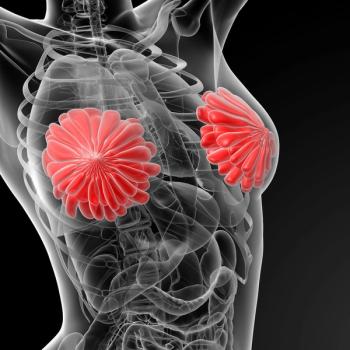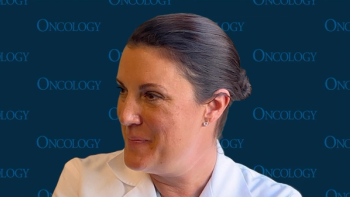
Dual HER2 Blockade Alone Yields Worse pCR in Early HER2-Positive Breast Cancer
A new randomized trial found that neoadjuvant trastuzumab/pertuzumab alone yields a substantially worse rate of pathologic complete response compared with paclitaxel plus the two anti-HER2 agents for women with early HER2-positive breast cancer.
A new randomized trial found that neoadjuvant trastuzumab/pertuzumab alone yields a substantially worse rate of pathologic complete response compared with trastuzumab/pertuzumab plus paclitaxel in women with early, HER2-positive, hormone receptor (HR)-negative breast cancer.
“Pathologic complete response (pCR) after neoadjuvant [therapy] has strong prognostic impact in HER2 disease,” wrote study authors led by Ulrike Nitz, MD, of the West German Study Group GmbH in Moenchengladbach, Germany. The WSG-ADAPT HER2+/HR− trial assessed whether dual blockade with trastuzumab and pertuzumab could achieve similar rates of pCR in those with strong early response to dual blockade along with chemotherapy.
The trial was a phase II study and included 134 patients randomized to receive 12 weeks of either trastuzumab and pertuzumab (T+P; 92 patients) or that regimen plus paclitaxel (42 patients; T+P+pac). All patients had HER2-positive, HR-negative early breast cancer, and baseline characteristics were well-matched between the two groups. The results of the study were
The pCR rate was substantially higher in the T+P+pac group, at 90.5%, compared with 34.4% in the T+P group. This corresponded to a relative difference attributable to chemotherapy of 56.1%.
A total of 24 of the 92 T+P patients (26.1%) were classified as non-responders; among those patients, only 8.3% had a pCR. Early response was seen in 38 patients in that group (41.3%), and 44.7% of them had a pCR. In the other 30 patients the criteria for early response could not be determined, and in those patients the pCR rate was 42.9%. All but two patients in the T+P+pac group were early responders, and neither of those two achieved a pCR.
Five patients in each group experienced a serious adverse event (AE); six of those were therapy-related (four in the T+P group, two in the T+P+pac group). AEs of any grade were more common in the T+P+pac group, occurring in 97.6% of patients, compared with 68.9% of patients in the T+P group.
“The T+P arm of the WSG-ADAPT HER2+/HR− phase II trial provides striking-though explorative-results suggesting poor pCR (8.3%) in patients failing to achieve response after one cycle of dual blockade,” the authors wrote. The trial, they added, “has demonstrated that chemotherapy is a key component in the treatment of HER2+/HR- disease.”
Newsletter
Stay up to date on recent advances in the multidisciplinary approach to cancer.

















































































